It’s difficult to resist giving our dogs some human food wildly when those puppy dog eyes stare at us at the dinner table.
Although many human foods can cause havoc in a dog’s body, some human foods dogs can safely eat and some are even highly healthy for your dog.
Knowing which foods are healthy for dogs can also assist you in preparing a nutritious homemade meal for your canine companion – he doesn’t always want to eat dog food and try some human food.
Preparing a special dish for your furry friend now and then is a great way to show them how much you care.
Continue reading to get to know 14 human foods that are good for dogs (and also very healthy).
Unsalted Peanut Butter
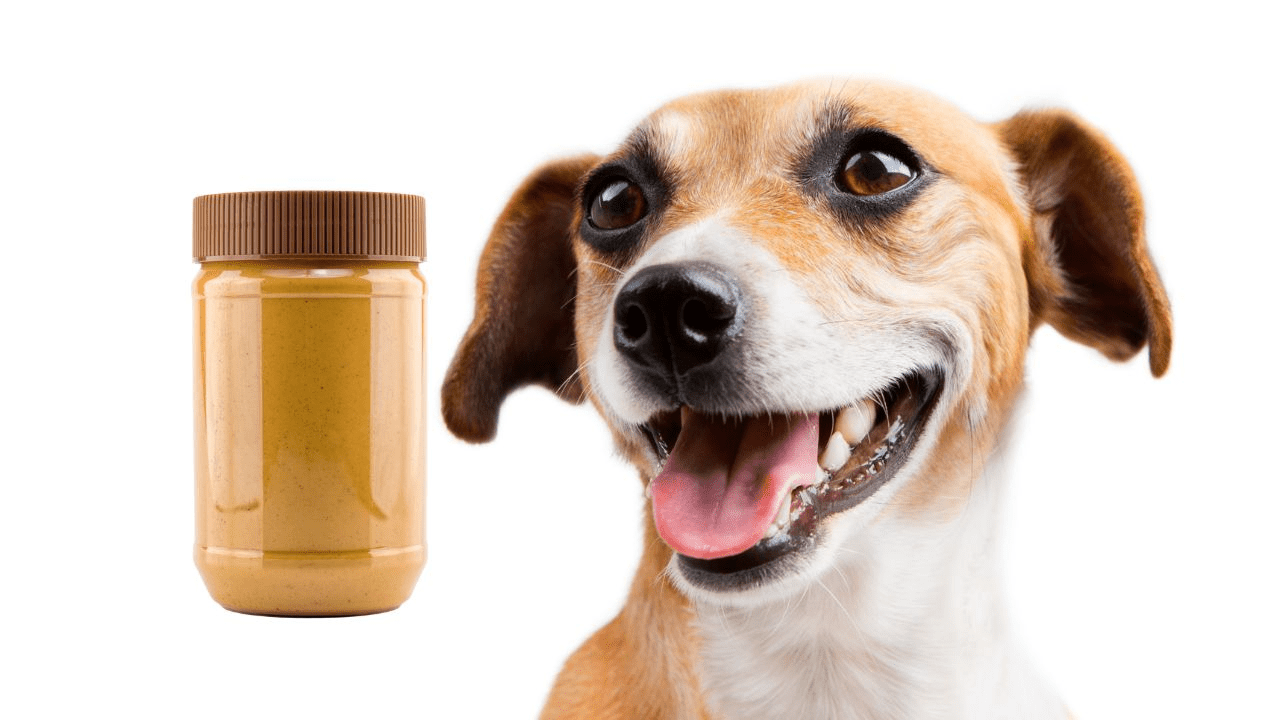
This treat does make dogs crazy.
Your dog only needs one lick of a spoon covered in peanut butter to become addicted.
The good news is that dogs can safely consume regular peanut butter as a treat since it doesn’t contain added salt or sugar.
Only when peanut butter contains xylitol, a sugar substitute that is present in many sugar-free products, does it become hazardous.
Xylitol, which can be found in candy, chewing gum, baked goods, protein bars, and toothpaste, is highly poisonous to dogs.
Xylitol is much more harmful to dogs than chocolate is.
Low blood sugar, seizures, liver failure, and even death can be caused by trace amounts of xylitol.
Check the label the next time your pet begs you for a spoonful of peanut butter to ensure it doesn’t contain xylitol and be sure to monitor dog’s peanut butter intake as it shouldn’t be too much every day.
Bread
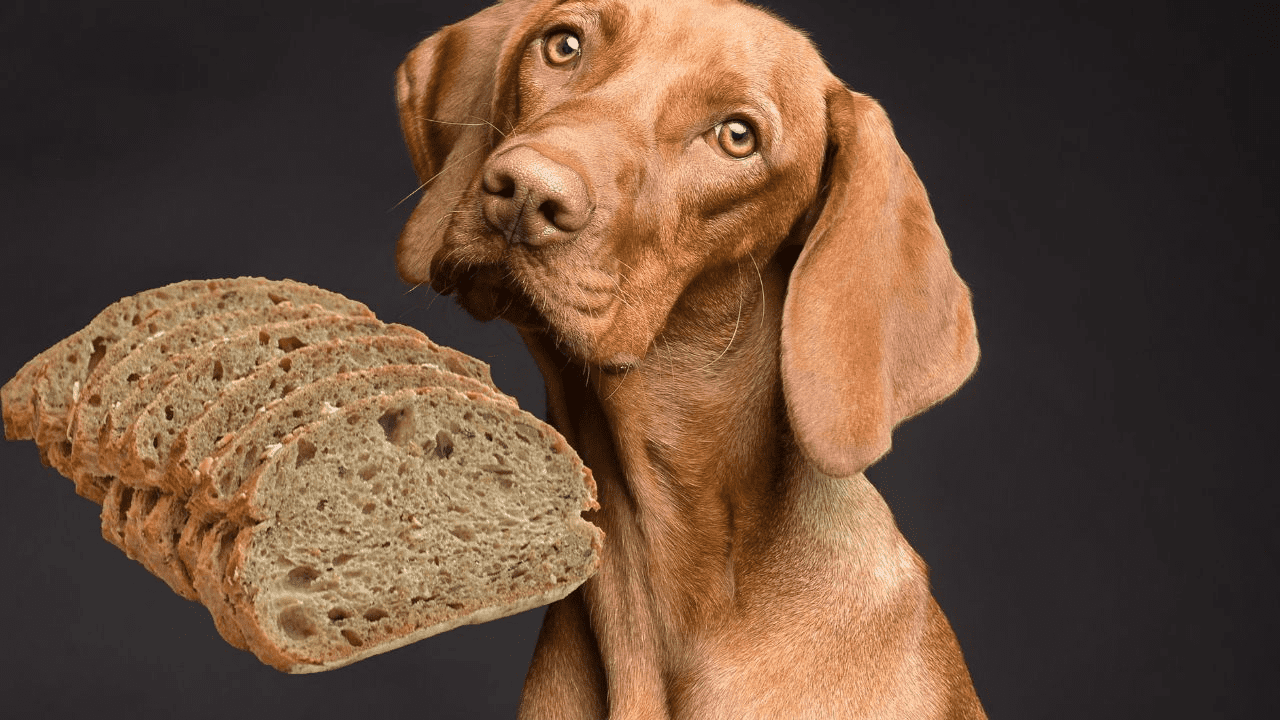
Bread makes up a large part of our diet and is a healthy human food for dogs.sam
So you have probably seen dogs eat burgers, sandwiches, and even whole loaves of bread, but is it wrong for them?
Plain white and wheat bread is generally safe for dogs to eat in moderation.
However, not all bread is harmless.
Toxic ingredients in some bread should never be fed to dogs.
Garlic or onions, for example, are ingredients found in bread that can be toxic.
Dec canines cause serious side effects such as vomiting, diarrhea, and collapse.
Furthermore, some bread contains nuts, seeds, or xylitol, which are appealing to humans for their flavor and health benefits but can be harmful to dogs.
And the most significant danger comes from raisins.
Raisins are highly toxic for dogs and are sometimes found in bread and baked goods.
Even a few raisins can be dangerous, so always double-check the ingredients first.
Watermelon
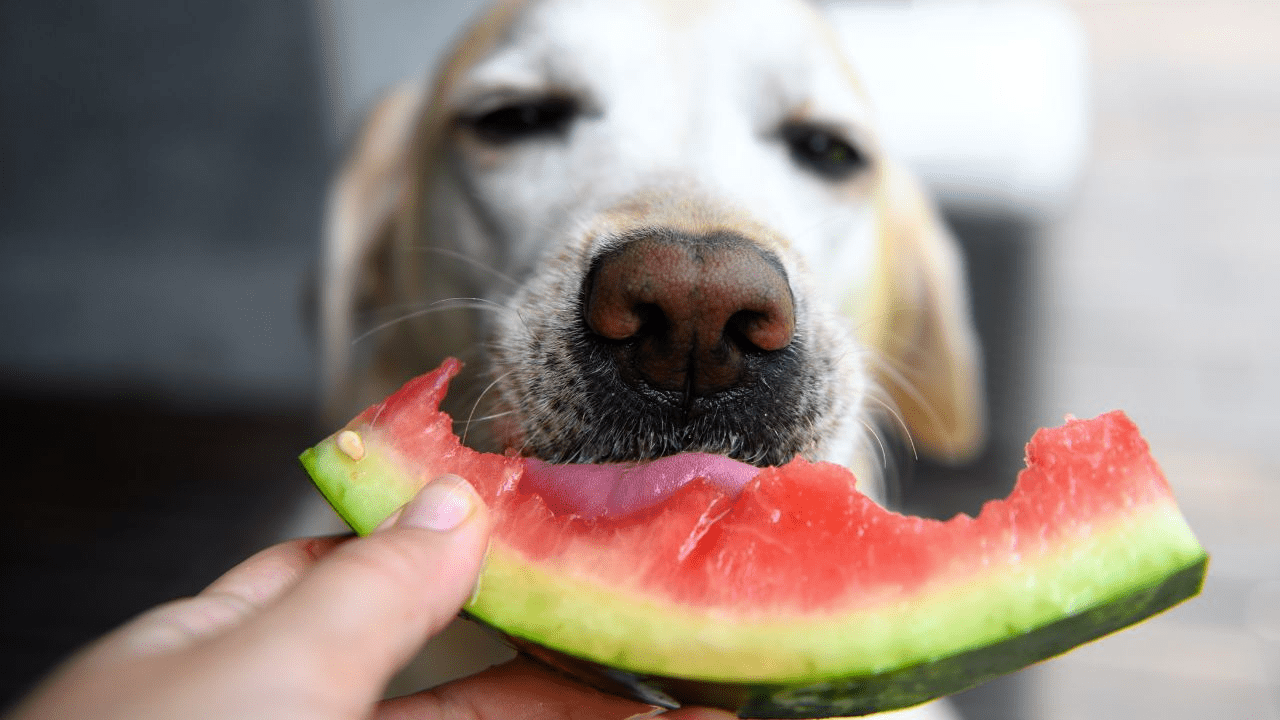
Watermelon is perfectly safe to eat with a few precautions.
To begin, seeds can cause an intestinal blockage, so be sure to remove them.
Removing the rind is also a good idea because it can cause gastrointestinal upset.
Watermelon is an excellent source of vitamins and is a very nutritional treat to feed your dog the fruit is high in water content, making it ideal for keeping your furry friend hydrated.
Other fruits such as blueberries, cantaloupe, strawberries, bananas, and mangoes also make excellent snacks as they are full of vitamins and minerals and are high in fiber.
Similarly, apples provide your dog with fiber as well as vitamins A and C.
They are the ideal snack for senior dogs because they are low in protein and fat.
Just make sure to first remove the core and seeds.
Chicken
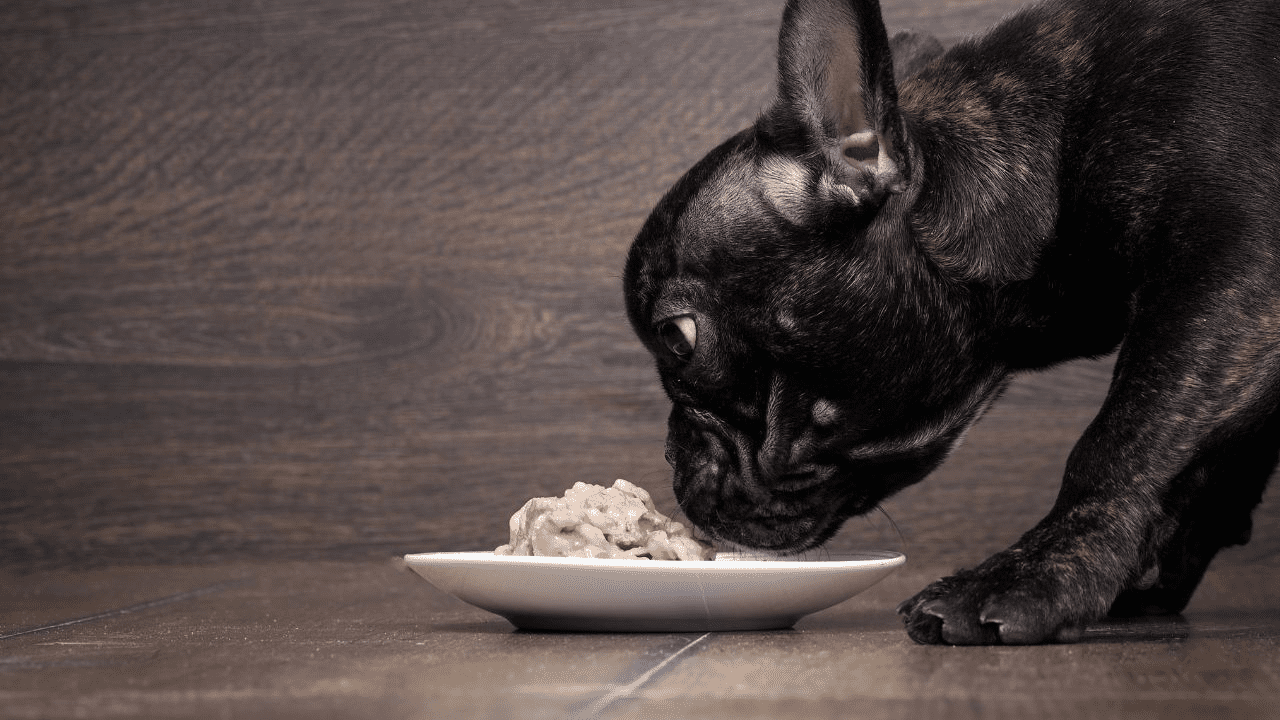
Many dog foods contain chicken as the main ingredient, which is safe for dogs.
Most veterinarians recommend dog-cooked chicken without any seasoning, onions, or garlic because they are against raw chicken from the grocery store due to the possibility of cell, manila, or other bacterial contamination.
Spices like these are harmful to your dog.
However, because salt is unhealthy for dogs, you should be careful when using olive oil.
Additionally, make sure to remove the cooked chicken’s bone because doing so increases the risk of choking or gastrointestinal tract puncture.
And never feed your dog raw chicken to save time, instead, choose canned chicken.
Chicken is healthy for dogs because it’s high in vitamin b and proteins.
It also can help if your dog has an upset stomach.
Eggs
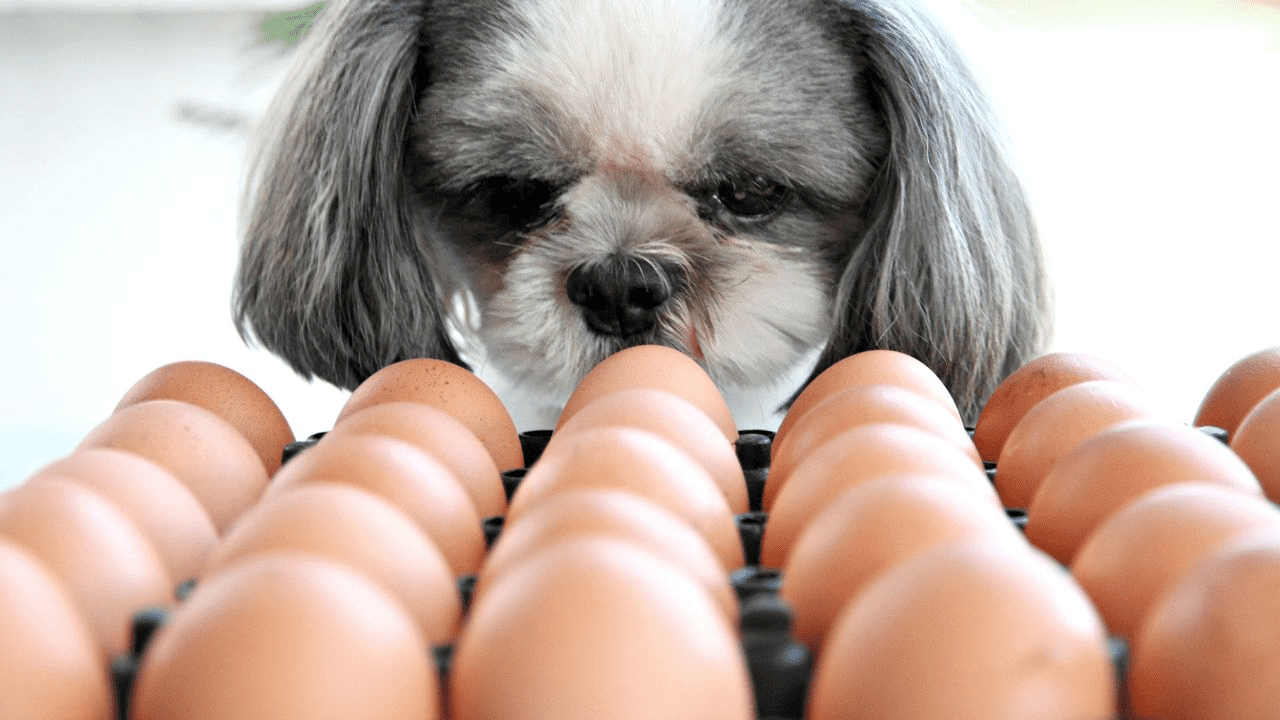
Dogs can safely eat and benefit from cooked eggs.
Your pet can eat the entire egg, including the eggshell.
Salmon manilla can be found in raw eggs, and other bacteria can start to grow as eggs begin to spoil.
These dangerous bacteria are eliminated by cooking food to a safe temperature.
Always avoid feeding raw eggs, it can also result in vitamin B7 deficiency.
Aden, an enzyme found in egg whites, prevents the body from absorbing vitamin B7.
White Rice
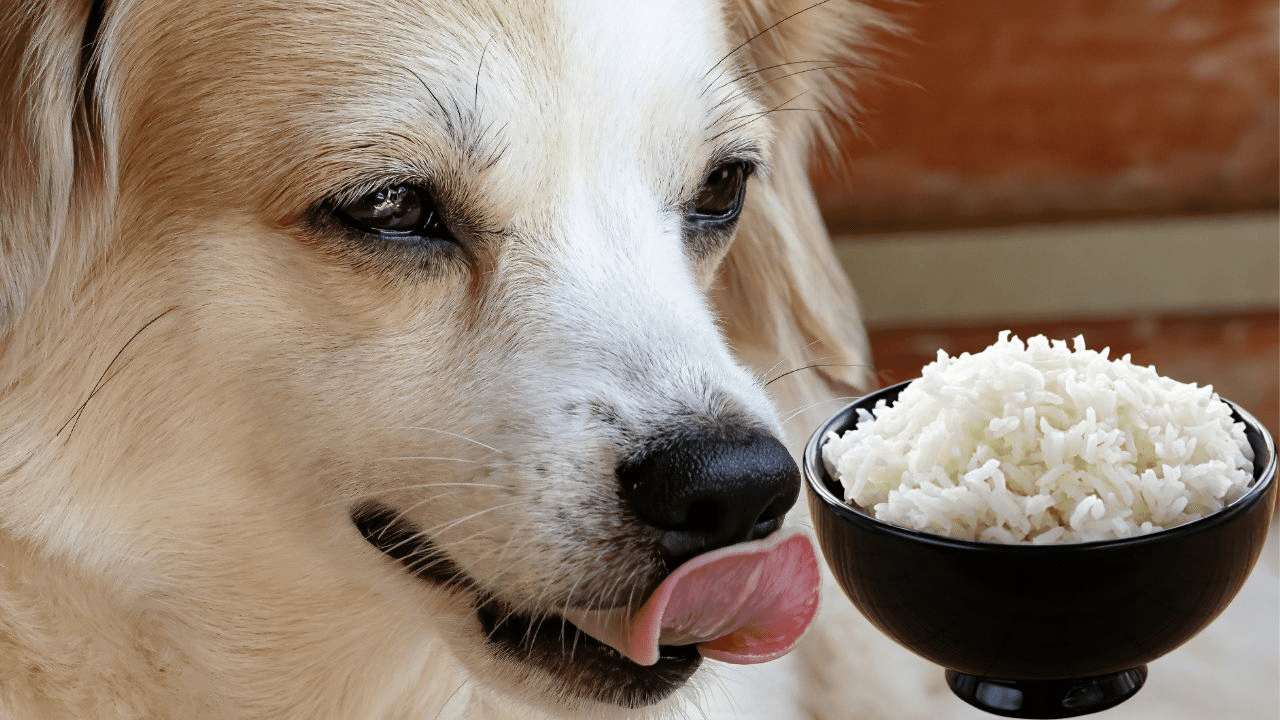
Vets frequently suggest rice as an excellent food for dogs experiencing typical gastrointestinal problems.
White rice is a favorite grain for dogs with upset stomachs because it is easy to prepare, low in fiber, and easy to digest.
Soluble fiber, also found in rice, aids in binding and stabilizing the stool.
Dogs can eat brown rice, but not if they are ill.
Due to its less processed nature, brown rice may be more difficult for dogs to digest.
Plain Yoghurt
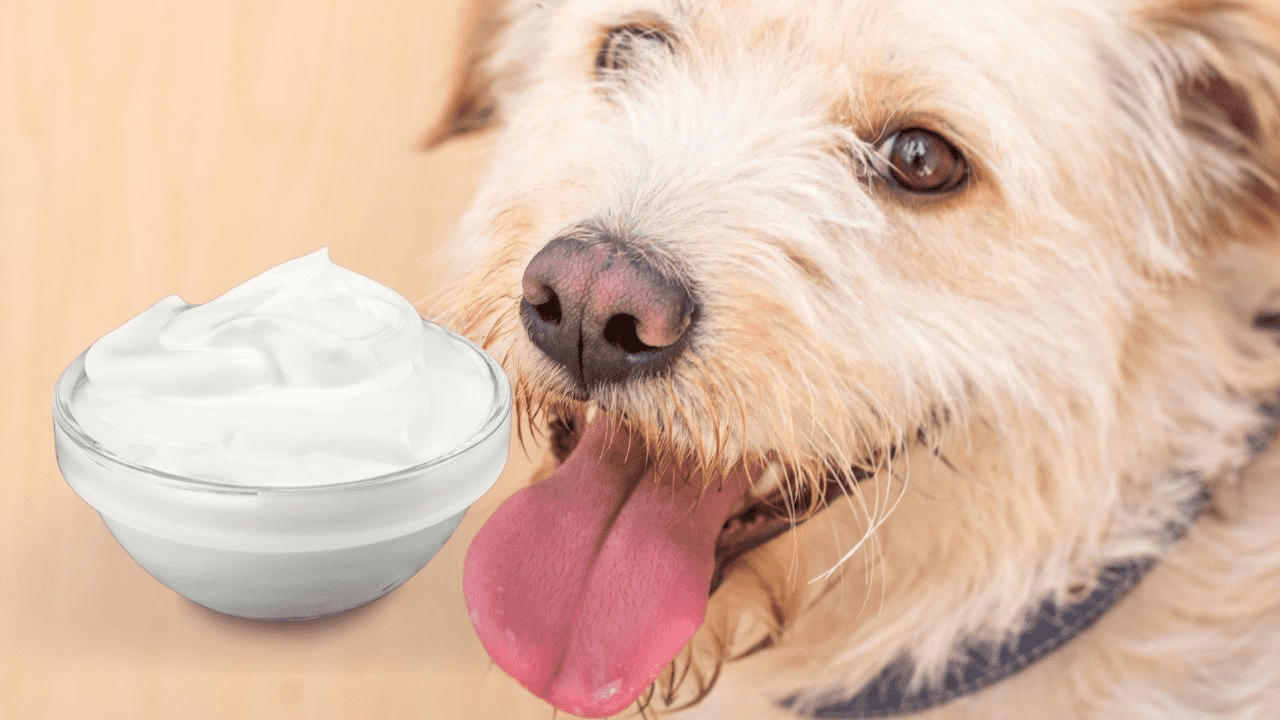
Yogurt is a great way to improve your dog’s digestive health because it is packed with protein, calcium, and digestive cultures.
Make sure to give your dog plain yogurt without additional flavors or artificial sweeteners.
Like cheese, dogs who are lactose intolerant should avoid this dairy-based treat.
But if your dog is not lactose intolerant, plain yogurt can also help if your dog has an upset stomach.
Pork
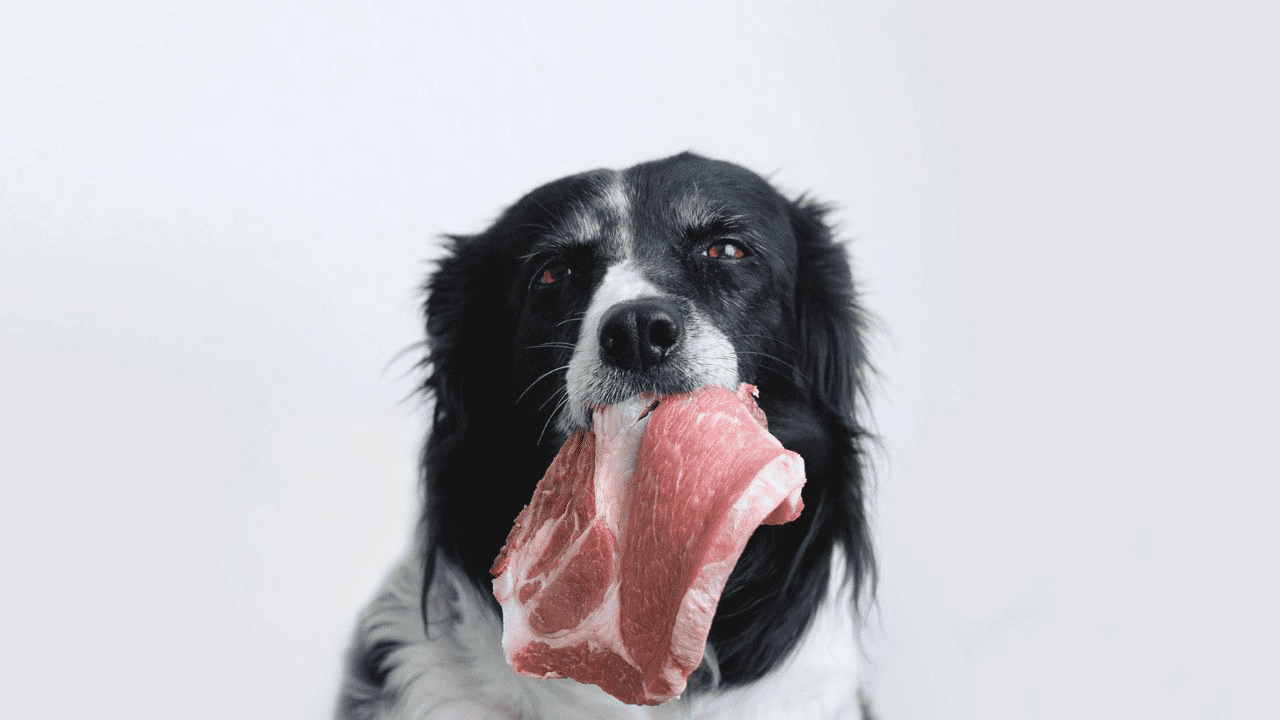
If you’ve ever noticed a drooling mouth, wide eyes, or intense gaze, you’ve likely eaten bacon in front of your dog before.
Unfortunately, dogs shouldn’t eat ham or bacon.
Bacon is a very fatty food with too much salt, so a dog’s stomach might be unable to handle it.
Additionally, ham contains a dangerous amount of salt.
In actuality, your dog shouldn’t eat any processed pork meats.
These products have a lot of salt and additional spices, which are bad for your dog’s digestive system.
Not all pork meat, though, is forbidden for canines.
Dogs can eat plain pork as long as it has no additives, like seasonings and spice rubs.
After dinner, giving your dog the leftover pork bone might be tempting, but you should think twice because cooked bones tend to dry out and become brittle and fragile.
They may break off into sharp pieces when not in use which could cause your dog to choke or pierce its esophagus and internal organs.
Bone Broth
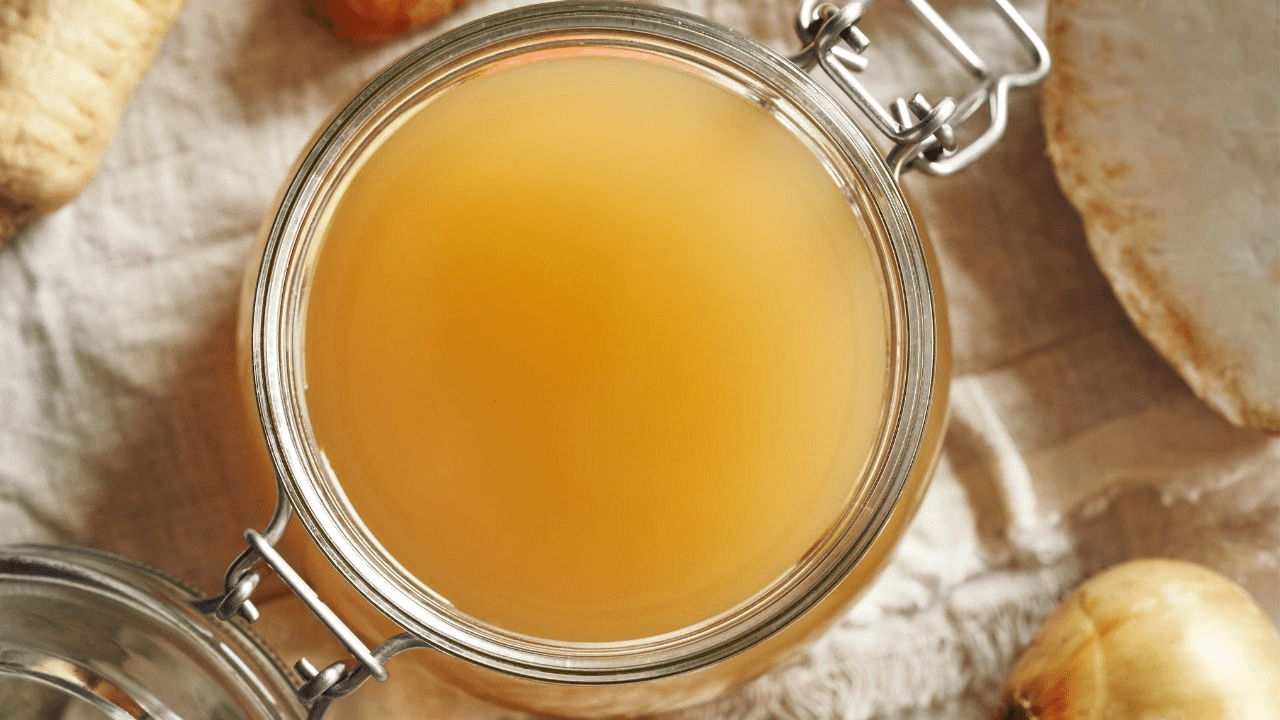
The long-term simmering of bones and water produces bone broth.
It is packed with nutrients that can be good for your dog.
Additionally rich in vitamins and minerals, bone broth is also a favorite among dogs.
It promotes the happiest, healthiest life possible for your dog.
To make your dog’s bland kibbles more appetizing, you can add some bone broth.
Carrots
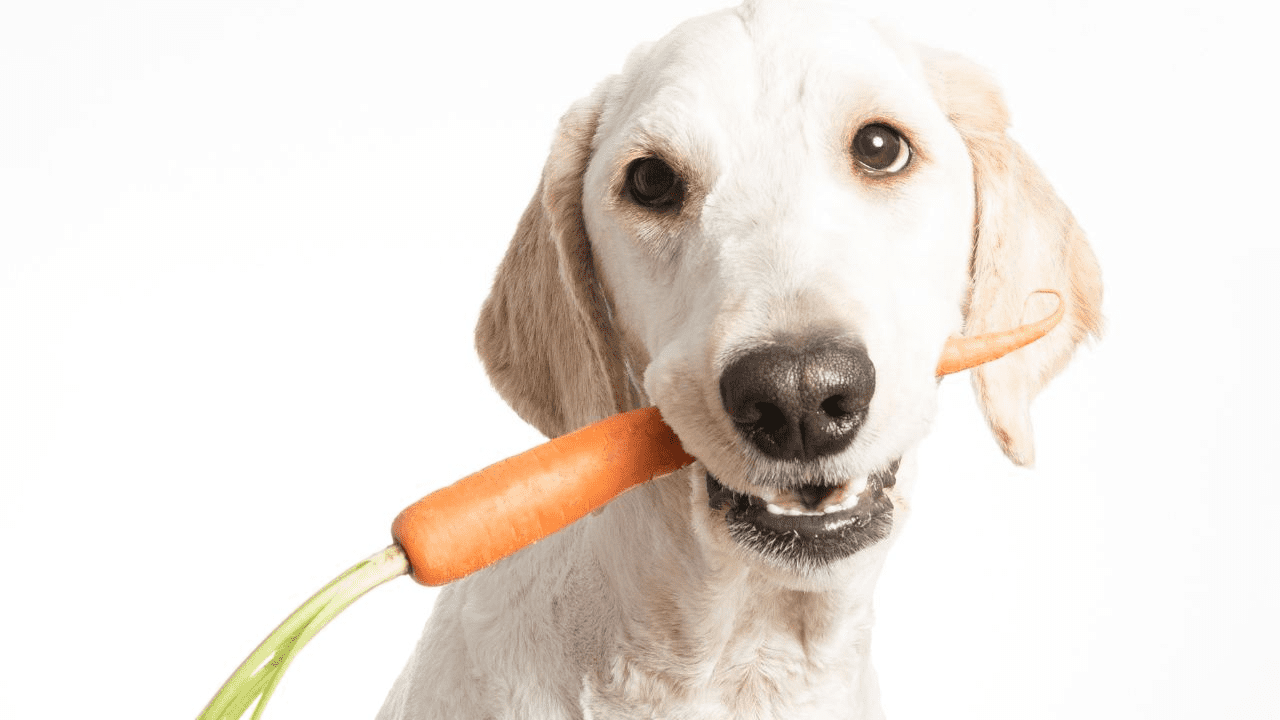
Do you want your dog’s teeth to be strong?
Give them a carrot; it is enjoyable to crunch on this orange vegetable, and it aids in the removal of plaque from the teeth when dogs are chewing raw carrots.
This nutritious, low-calorie treat gives your dog healthy skin, boosts immunity, and is an excellent source of vitamin A.
Cooked carrots are healthy for dogs as well, but they don’t help for the dog’s teeth.
Coconut Meat
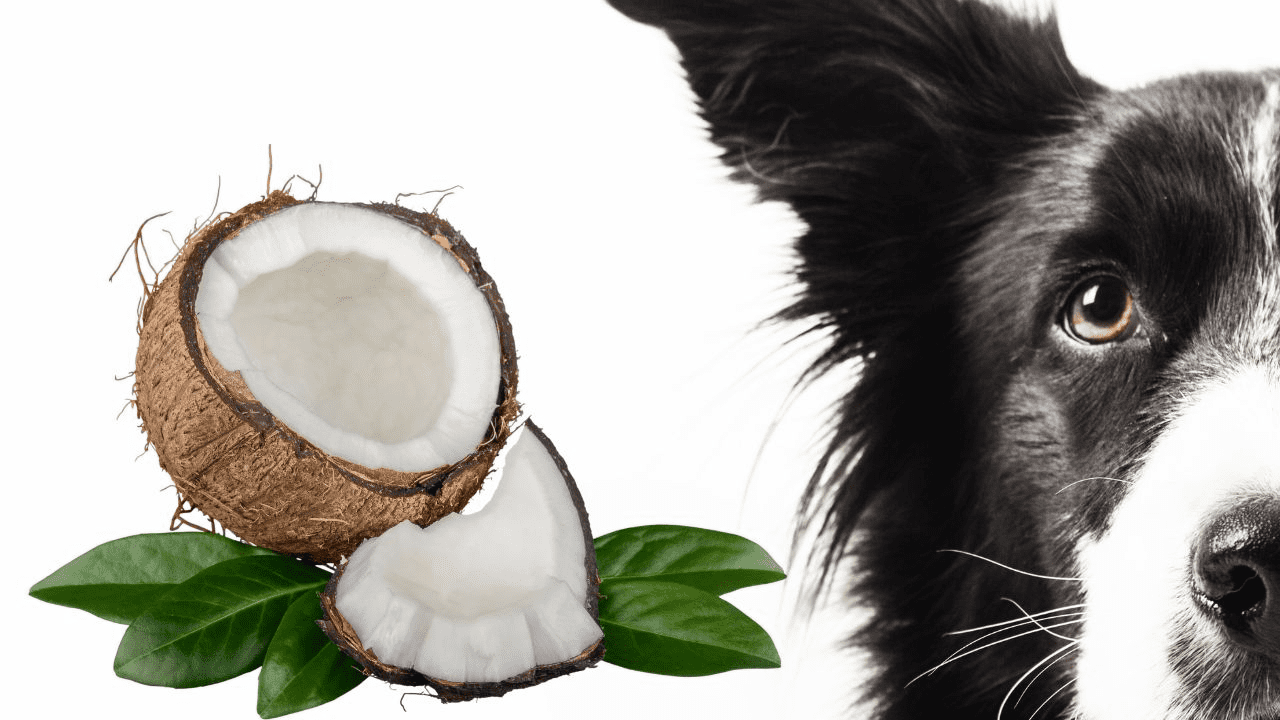
We know that coconut oil is safe for dogs to eat, and owners are frequently advised to include it in their diets.
But what about the actual meat of the coconut?
Coconut oil and coconut meat are both equally healthy.
The fruit’s flesh is brimming with nutritious carbohydrates, healthy fats, and proteins that help our canine friends develop solid muscles and produce energy.
Coconut is praised for its capacity to enhance the skin and coat of dogs and is also rich in vitamins, minerals, and fiber.
But remember that your dog should only consume coconut in moderation, just like the other foods on this list.
They may cause unpleasant gastrointestinal problems like diarrhea or constipation if consumed in large amounts.
Pineapple
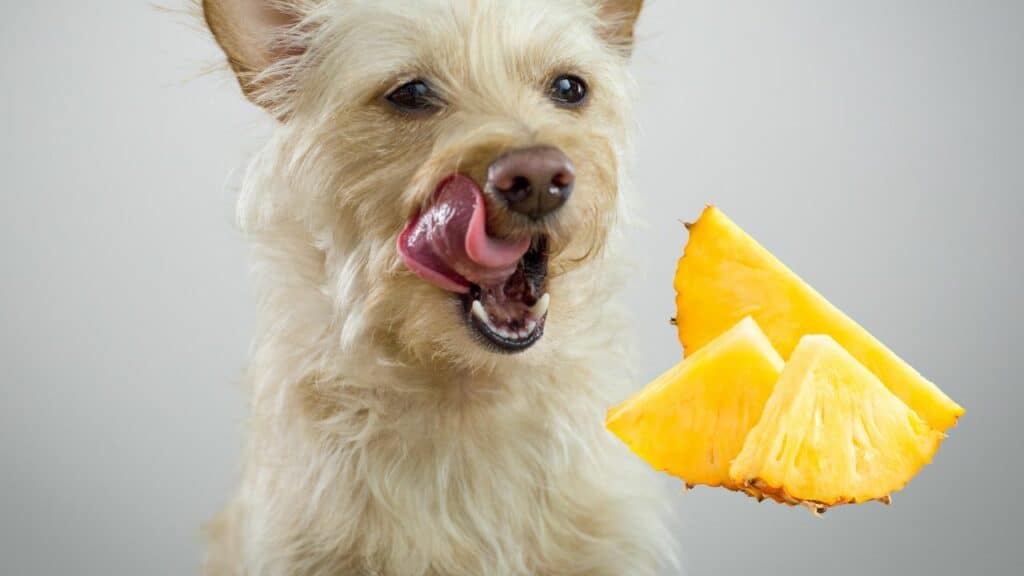
In addition to being safe for your dog to eat, pineapple is also nutrient-dense.
It is a tart fruit rich in vitamins and minerals that promote your dog’s health.
Raw pineapple shouldn’t make up a significant portion of your dog’s diet because it contains high sugar levels.
Most dogs can handle a few pineapple chunks as long as they are peeled and cut into small pieces.
On the other hand, canned pineapple needs to be avoided.
The amount of sugar in the syrup and canned fruits is too much for a dog’s digestive system to process.
Pumpkin

This food is an excellent source of fiber and vitamin A.
For dogs with sensitive stomachs or digestive problems, canned pumpkin or fresh, cooked pumpkin without added sugars and spices is a great option.
Pumpkin pie filling should be avoided as it contains extra sugar and spices.
Salmon
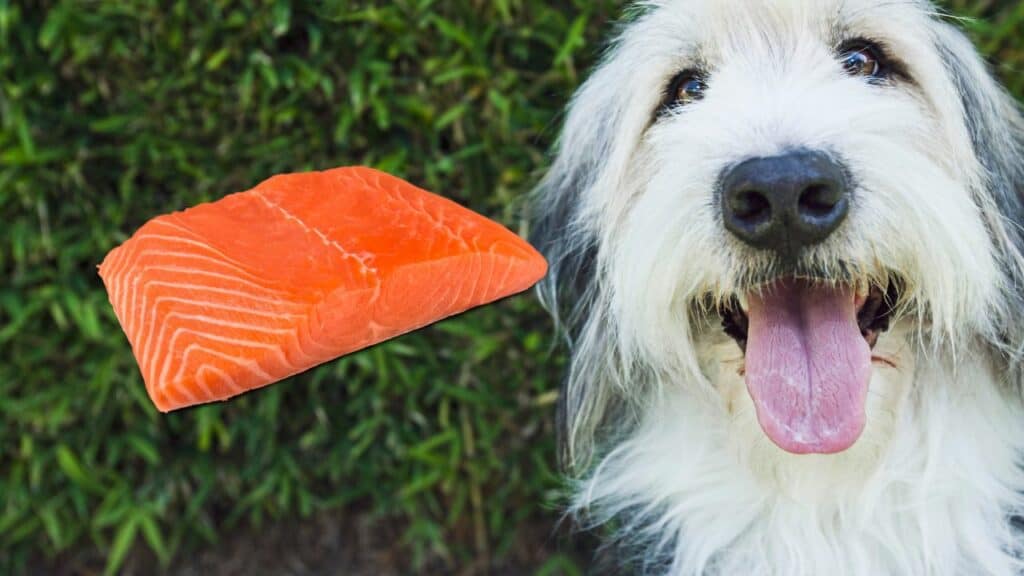
Omega 3 fatty acids, abundant in salmon and good for your dog’s skin, coat, and immune system, are also high in protein and beneficial to your dog’s coat and general health.
Salmon adds some extra protein to your dog’s regular food, and best about is you can also feed salmon skin.
However, avoid feeding raw salmon.
It might contain a parasite known to salmon poisoning disease, a potentially fatal condition.


